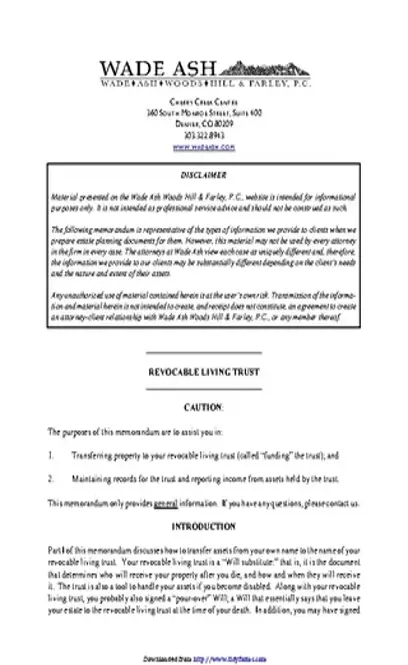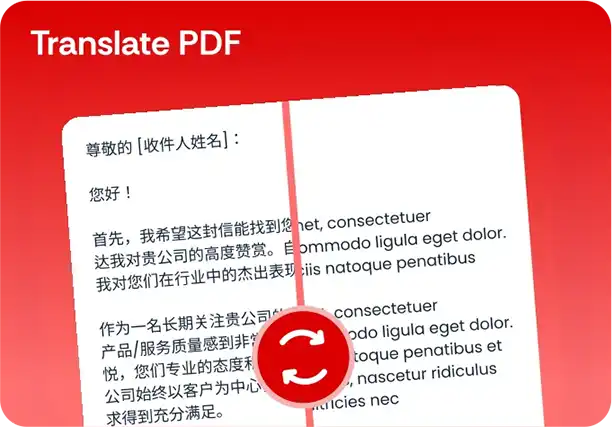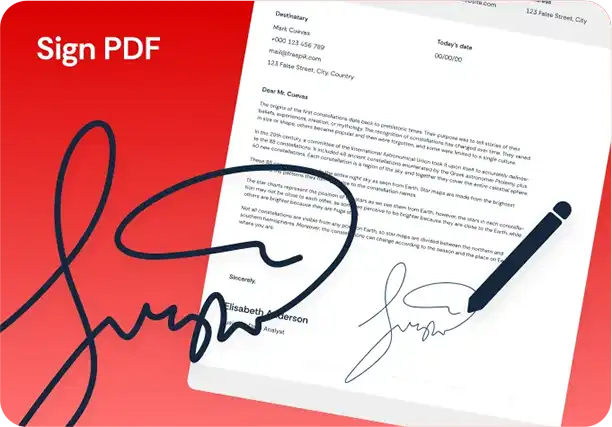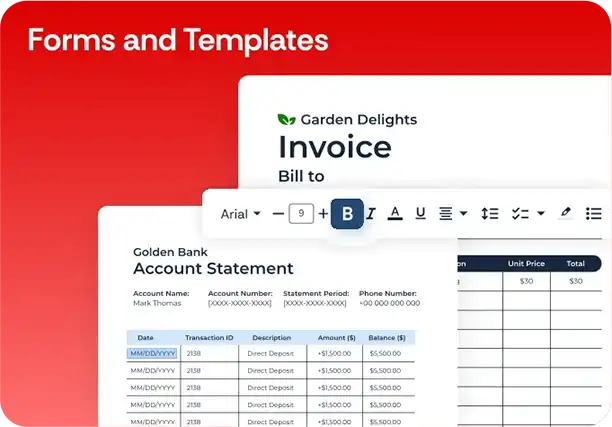Revocable Living Trust PDF Template
Stop searching and find out why people love the ease of creating beautiful and legally compliant Revocable Living Trust PDF with PDFSimpli.

Stop searching and find out why people love the ease of creating beautiful and legally compliant Revocable Living Trust PDF with PDFSimpli.





[toc] Revocable living trusts are a popular form of estate planning that people use to determine which parties receive their property after their death. The majority of living trusts are considered “revocable” because they can be changed as your wishes or circumstances change. These trusts are called “living trusts” because you create them during the course of your life.
When an individual creates a revocable living trust, that individual’s property and assets are held securely. These assets will remain in the trust until after the Grantor’s death, at which point they will be distributed. Over the course of the Grantor’s life, they retain ownership over all assets in the trust. They’re welcome to make changes to the trust form or decide to revoke said trust entirely at any point during their life.
The Grantor has the power to appoint themselves as the main Trustee, or manager of the assets in the Trust. However, they’re also required to appoint a successor just in case they die or become too incapacitated to manage the trust. After the death of the Grantor, a revocable trust is converted into an irrevocable trust. The successor Trustee is responsible for the distribution of assets to the Beneficiaries outlined in the Grantor’s instructions.
Revocable and irrevocable trusts can both bypass probate, but revocable trusts are still subject to estate taxes. The main difference between a revocable and irrevocable trust is the ability to edit. With a revocable trust, the Grantor can edit the information at any time. Irrevocable trusts can’t be altered after being created, and the Grantor cedes ownership of the assets to the Trust. This type of separation will protect these assets from lawsuits, undesirable claimants, and estate taxes.
Many individuals with large estates will put some of their assets into a revocable living trust. The idea of the trust is to protect assets from probate and, in the event of the Grantor’s death, from estate taxes. Particularly wealthy individuals tend to find this most helpful, as they’re the ones who will lose the most to estate taxes.
A revocable living trust should be used by any individual who wants to protect their assets after their death. When assets are placed into the trust, they can’t be touched by anyone except the Grantor. Because the trust is revocable, the Grantor can rest assured that changes can be made to their document. However, the trust will become irrevocable after the Grantor’s death.
The main reason a person might use a living trust is to avoid the probate process. Probate is a court-supervised process in which a person’s estate is wrapped up. Estate taxes are paid, fees are shelled out, and wills are read and contested. All aspects of the estate that aren’t protected by trusts are subject to this process. Probate has a tendency to be time consuming, burdensome, and expensive.
If an individual chooses not to place their assets in a revocable living trust, their estate will be subject to the probate process after their death. As mentioned above, this is a costly and time-consuming experience. Probate proceedings can be avoided altogether through the use of both revocable and irrevocable trusts.
A living trust document is considered a legally binding contract. This written document is signed by both the creator of the trust and a notary. It’s necessary for the document to include an itemized list of the property in the trust, the name of the appointed trustee, and the names of the beneficiaries who will receive the property after the trust creator passes away.
The appointed trustee is responsible for caring for the property. If you’re the one making the trust, you can appoint yourself as the trustee to take care of your assets. However, you’ll also need to note a successor trustee on your document. This is the person who will take over management of the trust after your death.
It’s important to have an attorney go over the document with you to make sure that all required areas are filled out and that all language is legally binding. You want to be positive that your assets are protected. Following the creation of the document, you’ll then be responsible for the transfer of property into the trust.
In most cases, the transfer of property need only happen symbolically. Once the property is listed on the legally binding trust document, it counts as being protected by the trust. However, if you have titled property like real estate or vehicles, this property must receive a retitling in the trust’s name. This process doesn’t usually take a long time, but if it’s not done correctly, this property will become part of the probate process. It’s best to have an attorney take care of your needs.[pdf-embedder url=”https://cdn-prod-pdfsimpli-wpcontent.azureedge.net/pdfseoforms/pdf-20180219t134432z-001/pdf/revocable-living-trust-form.pdf”]
As far as income taxes are concerned, a living trust’s Grantor will still be considered the owner of the assets. This means that they must pay income tax, and they also need to pay gift taxes on the transferal of assets.
When you inherit anything that comes from a simple trust, you’ll be required to report the income and pay taxes on it. It’s considered income earned over the tax year.
There are only three states in the US that still have an inheritance tax: Pennsylvania, New Jersey, Nebraska, Maryland, Kentucky, and Iowa.